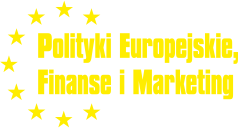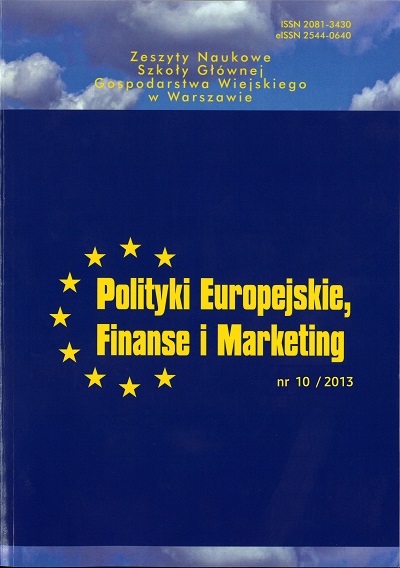Main Article Content
Article Details
Andersson M, Solitander A. and Ekman P., Cluster Branding and Marketing- a Handbook on Cluster Brand Management, TENDESOR 2012
Andersson M., Place branding and place promotion efforts in the Baltic Sea Region - A situation analysis, BaltMet Promo project Report 2010
Baptista R., Swann P., Do firms in clusters innovate more?, Research Policy, vol. 27, no. 5/1998 (Crossref)
Carlino G.A., Knowledge Spillovers: Cities' Role in the New Economy, Business Review, Q4/2001
De Chernatony, L., McDonald, M., Creating Powerful Brands in Consumer, Service and Industrial Markets. Oxford: Elsevier 2003
Etzkowitz H., The Triple Helix of University-Industry-Government: Implications for Policy and Evaluation, Science Policy Institute, Working Paper 2002:11,
Kall J., Istota marki, Integracja Europejska., 2006/3,
Kotler Ph., Marketing, Northwestern University, Warszawa 1994
Marshall A., Principles of Economics, 8th edition, London, Macmillan 1920
Morosini P., Industrial Clusters, Knowledge Integration and Performance, World Development, Vol. 32 No. 2, 2004. (Crossref)
Polska Agencja Rozwoju Przedsiębiorczości, Benchmarking klastrów w Polsce, Warszawa 2010
Porter, M. E., Clusters and the new economics of competition, Harvard Business Review, November 1998
Porter, M.E., The Competitive Advantage of Nations, London: Collier MacMillan 1990 (Crossref)
Solvell O, Ketels C., Lindquist G., The Cluster Initiative Greenbook, Ivory Tower AB, Stockholm 2003
TACTICS, Supporting cluster marketing and branding, PRO INNO Europe Initiative/European Commission, October 2012.
Downloads
- Grzegorz Karasiewicz, Stopień internacjonalizacji polskich przedsiębiorstw a ich efekty finansowe , Zeszyty Naukowe SGGW, Polityki Europejskie, Finanse i Marketing: Nr 10(59) (2013)
Możesz również Rozpocznij zaawansowane wyszukiwanie podobieństw dla tego artykułu.

Utwór dostępny jest na licencji Creative Commons Uznanie autorstwa – Użycie niekomercyjne 4.0 Międzynarodowe.





